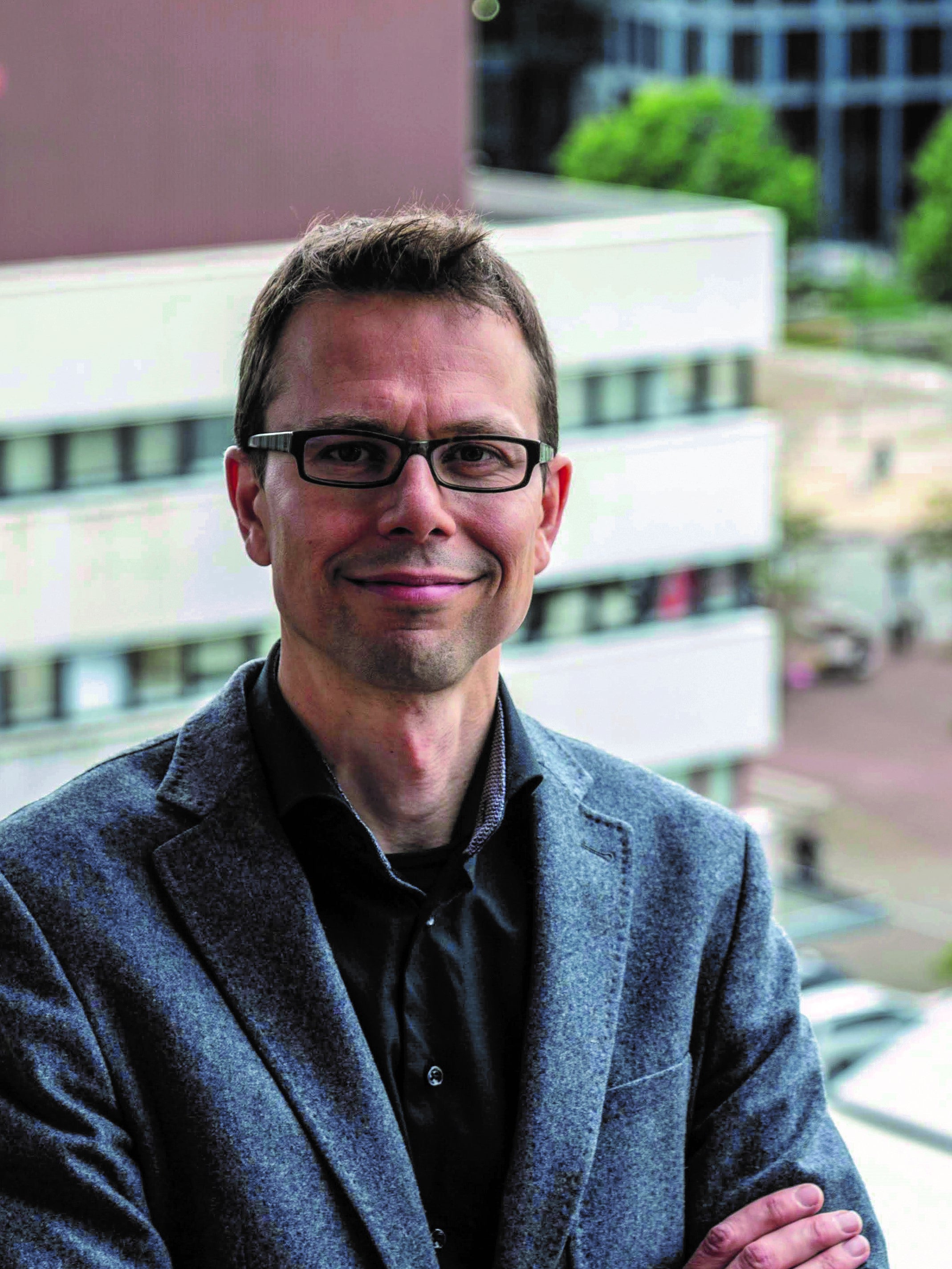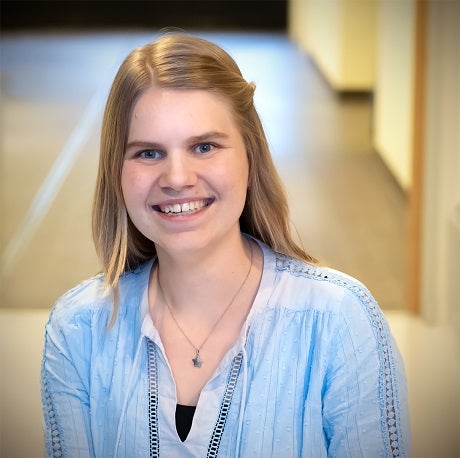Founding
On 20 October 1880, the founding assembly of Vrije Universiteit Amsterdam took place in the Nieuwe Kerk in Amsterdam. In his speech ‘Soevereiniteit in eigen kring’ (sovereignty over our own domain), the first rector magnificus Abraham Kuyper explained the ideals of the founders. The aim was to have a university that was independent—free or sovereign—and unhindered by interference from the government or the Dutch Reformed Church (NHK), which at the time had a great deal of influence over theology programmes at other universities.
Instead, VU Amsterdam was closely associated with Protestant Christian (or Reformed Christian) groups in the Netherlands that wanted a university where faith and science were connected. The VU Association was the representative organisation responsible for governance and setting the course for the university. In the first three-quarters of its existence, VU Amsterdam was funded entirely by donations from its supporters. From the 1930s onwards, it was supported by the VU-busje, a collection box with a portrait of Abraham Kuyper on it. This was a fundraising campaign set up by the women’s organisation Vrouwen VU-hulp.
Early development
In the early days, Vrije Universiteit Amsterdam was small and it was located in the centre of Amsterdam. The main building was at Keizersgracht 162, where three faculties were housed: theology, law and humanities. By the beginning of the twentieth century, the university had begun to grow. The first expansion involved a medical faculty in 1907, for which a clinic and physiology laboratory were built at Valeriusplein in Amsterdam-Zuid. The sciences faculty followed in 1930. The laboratories for physics and chemistry were built on De Lairessestraat.
Wartime 1940-45
In the first years of the war, work continued as much as possible initially, but gradually repression by the occupying forces increased. In the spring of 1943, students were summoned for the Arbeitseinsatz (labour deployment) in Germany and forced to sign a declaration of loyalty. VU Amsterdam’s management decided to close the university at that time. Many students went into hiding and several of the university’s buildings became centres for the resistance.
When VU Amsterdam reopened after liberation, memorials were held to look back on the wartime and honour those who died. A memorial plaque was also erected, bearing the names of all the war victims. This plaque was given a central place in the university building on the Keizersgracht and is now located in the main building, across from the entrance to the auditorium.
Growth and relocation
From the 1950s onwards, the university experienced rapid growth. New disciplines and faculties were added and student enrolment continued to increase. In 1970, VU Amsterdam already had 10,000 students and from that year it began to be primarily state-funded like the other Dutch universities. There was a gradual move away from the traditional ‘Reformed’ identity and a distinctive identity was shaped by various initiatives at the intersection of academics, religion and society.
Many more buildings were purchased or rented to accommodate this growth, primarily in Amsterdam-Zuid. Ultimately, it was decided that a new campus would be built at Amsterdam-Buitenveldert. In 1966, the first buildings were completed, which were the University Medical Center (VUmc) and the spaces for Biology and Physics (part of the W&N building). The main building was officially opened in 1973. Gradually, even more departments moved to the new campus and Campus Uilenstede was built for student housing.
Twenty-first century
Since the 1990s, Vrije Universiteit Amsterdam has continued to grow into an internationally renowned research and education university. In the past ten years, the campus has been renovated and has become more connected to the new Zuidas district. The VU Association, which was the most important managing body in the early days, now supports initiatives that take a contemporary approach to shaping the unique identity of VU Amsterdam.
Read more (in Dutch) at Geheugen van de VU


